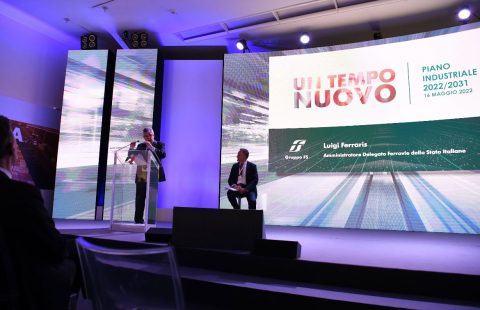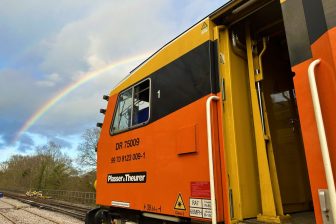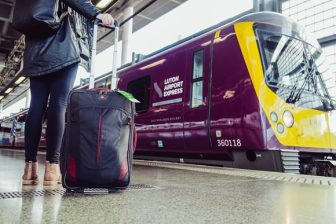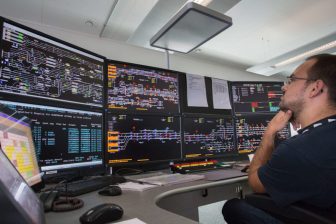
FS Italiane presents 190 billion investment and restructure plan
source: FS ITaliane
FS Italiane has set up a 2022-2031 Industrial Plan, supported by an investment plan worth over 190 billion euros. The plans were presented in Rome on Monday by the President of FS Italiane, Nicoletta Giadrossi and by FS Italiane Chief Executive Officer, Luigi Ferraris.
Want to read more?
You have read all of your free premium articles for this month. Please become a subscriber to keep reading.
Subscribe now!
Take advantage of our exclusive offer to get full access to all premium content.




Yes, but quality pays! (Just “state of the art” and quantity, no longer is sufficient. Even worse, too well documented, costly and no longer timely any billion into current standard is a very expensive, a devastating, nail in coffin for railways.)
Other devices decisively add capacity for lower costs. So now railways simply need to! At cargo transports, in Italy, nearness to port, sustainably, has to be taken advantage of,, by a New Old Railway, designed for an 50% added capacity, etc.!